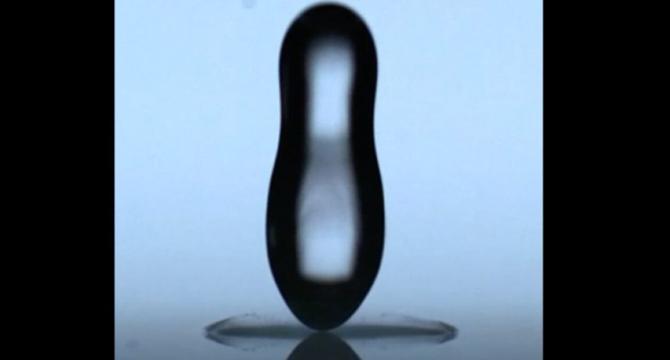Arstechnica
4w
253

Image Credit: Arstechnica
These hot oil droplets can bounce off any surface
- Physicists from the City University of Hong Kong have figured out how to achieve the bouncing behavior of hot oil droplets off almost any surface.
- Understanding the mechanisms behind these phenomena is crucial for practical applications such as self-cleaning, anti-icing, anti-fogging, surface charge printing, or droplet-based logic systems.
- Normally, droplets only bounce if the surface is superheated or engineered to reduce stickiness, but the research shows that hot oil droplets can bounce off almost any surface.
- The phenomenon is similar to the Leidenfrost effect, first described in 1756, in which water droplets sizzle and evaporate quickly on a hot surface, but bounce and skitter across the surface when it is well above water's boiling point.
Read Full Article
15 Likes
For uninterrupted reading, download the app